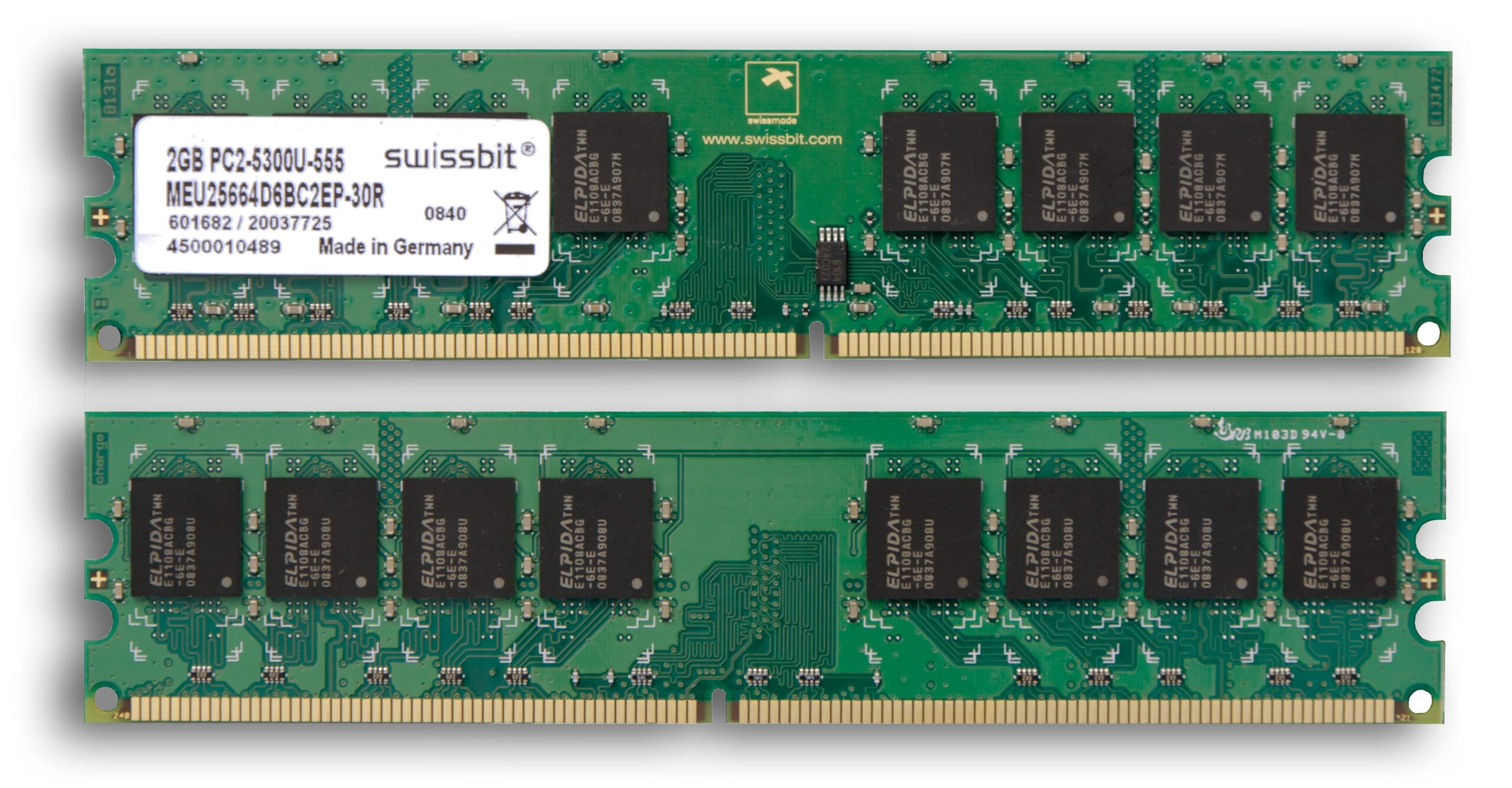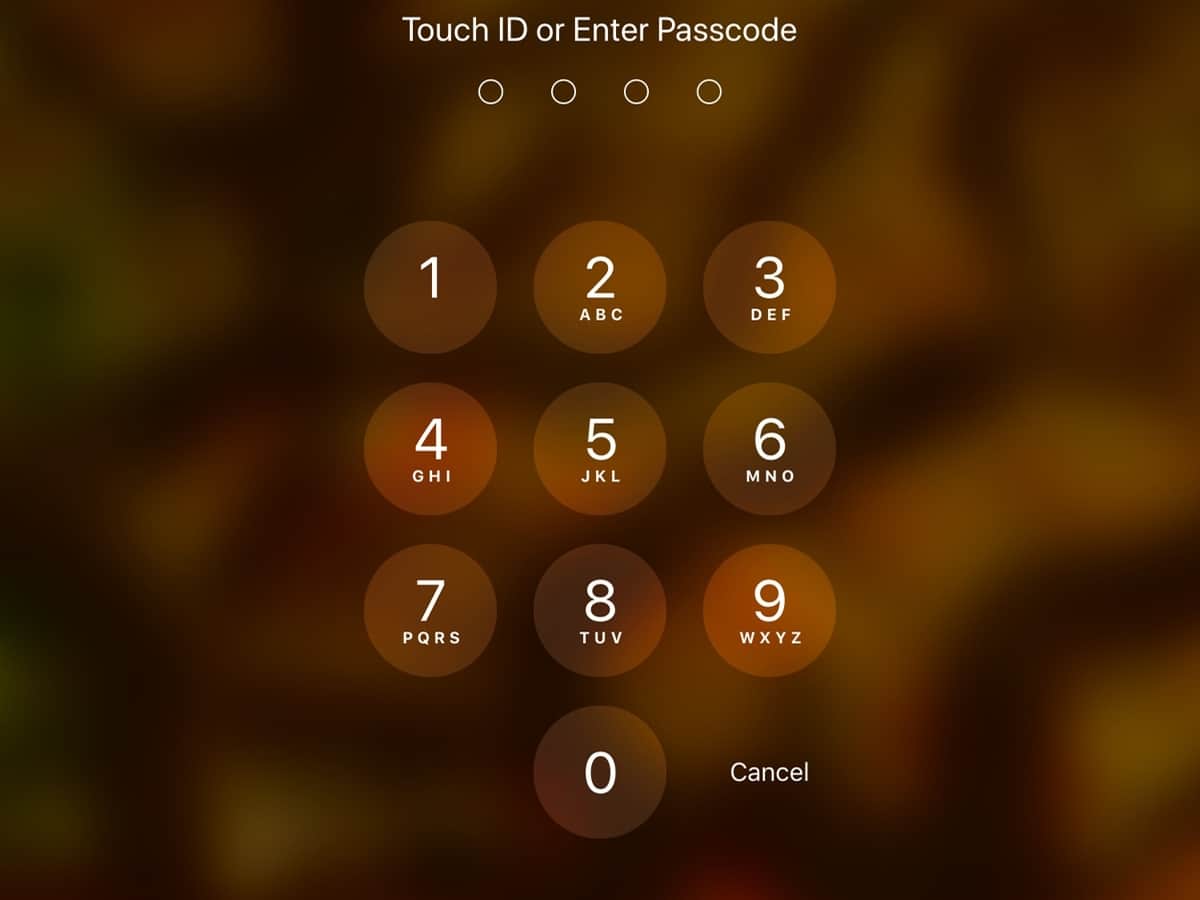We are in the 21st century and regardless of how we deny it, we are truly living in a digital era.
All people young and old are either directly or indirectly connected to advanced technology. This means that if you don’t have a computer or laptop, you must have a Smartphone.
Either way, the device you are currently using is making life easier as you can read and write without necessarily having a paper.
Well, you will agree with me that many are the times when you hear people telling you to upgrade your device’s RAM. But what exactly is it?
Random access memory, RAM, is a very important component of a desktop, Smartphone, gaming consoles, tablets, and laptops without which, almost anything on the system would be slower.
Simply defined, RAM is the physical hardware inside a computer that stores data temporarily hence serving as a working memory of your computer.
We can as well define RAM as a hardware device that allows you to easily store and retrieve information on a computer.
According to tech experts, RAM is the internal memory of the CPU that stores program, data, and program results.
Most importantly, it’s a write/read memory that stores data throughout the duration in which your machine is working.
This, therefore, means that when you switch off your device, data is erased.
The names Random and Access from RAM mean that it is possible for you to access any data in a random order, thus you can find any piece of information you want effortlessly.
Types of RAM
There are basically two types of RAM, Static Ram (SRAM) and Dynamic RAM (DRAM).
Static RAM (SRAM)
The word static means that the memory can retain the information provided the power is supplied. Unfortunately, if the power gets down, the data is lost.
According to tech professionals, Static RAM uses the 6-transistors matrix and no capacitors, and therefore, it doesn’t require being refreshed regularly.
Characteristics of SRAM
- Long life
- Large size
- High power consumption
- Expensive
- Faster
- No need to refresh
- Used as cache memory
Dynamic RAM (DRAM)
DRAM must be refreshed from time to time to maintain the data. To achieve this, you can place the memory on a refresh circuit to rewrite the information many times every second.
Characteristics of DRAM
- Short data lifetime
- Must be refreshed continually
- It is slower than SRAM
- Consumes less power
- Less expensive
- Smaller in size
- Used as RAM
Uses of RAM

Ram is the biggest memory piece you can find on computer hardware after the magnetic hard drive.
The main use of RAM is to store data and programs the CPU uses in real-time. The information in Ram can be written, read, and erased any number of times.
RAM is a volatile memory meaning that any information stored in it can evaporate when the power supply is cut and that explains why RAM cannot be used as permanent storage regardless of the fact that it is faster than hard drives.
Also, the information can be lost when you switch off your device, and that explains why none of your files or programs are still open when you switch on your computer again.
Modern operating systems have in-built workarounds to effectively handle the volatile nature of RAM.
It is recommendable to constantly save important information on the hard drive to avoid data loss in case the system shuts down unexpectedly.
Functions of RAM
The major function of RAM is the provision of quick write and read access to a storage device.
Your laptop loads information using RAM due to the fact that it’s quicker than when the same data run on a hard drive.
The function of RAM can be equated to an office desk which is used to quickly access important writing tools and documents when you need them right away.
If you don’t have a desk, it goes without saying that you would store everything in the drawers and cabinets, and it will take you longer to access them when you need to.
Similarly, any information that’s active on your laptop, tablet, or Smartphone is stored temporarily in RAM which provides faster write/read times than hard drives.
Bottom line
Random Access memory, famously known as Ram is a very important component of your computer.
It stores important information for short-term use to make it easy for you to access the files your computer is writing or reading quickly.
Unfortunately, any program data stored in RAM is lost when your device shuts down, and therefore, always save your information on hard drives to avoid frustration.








